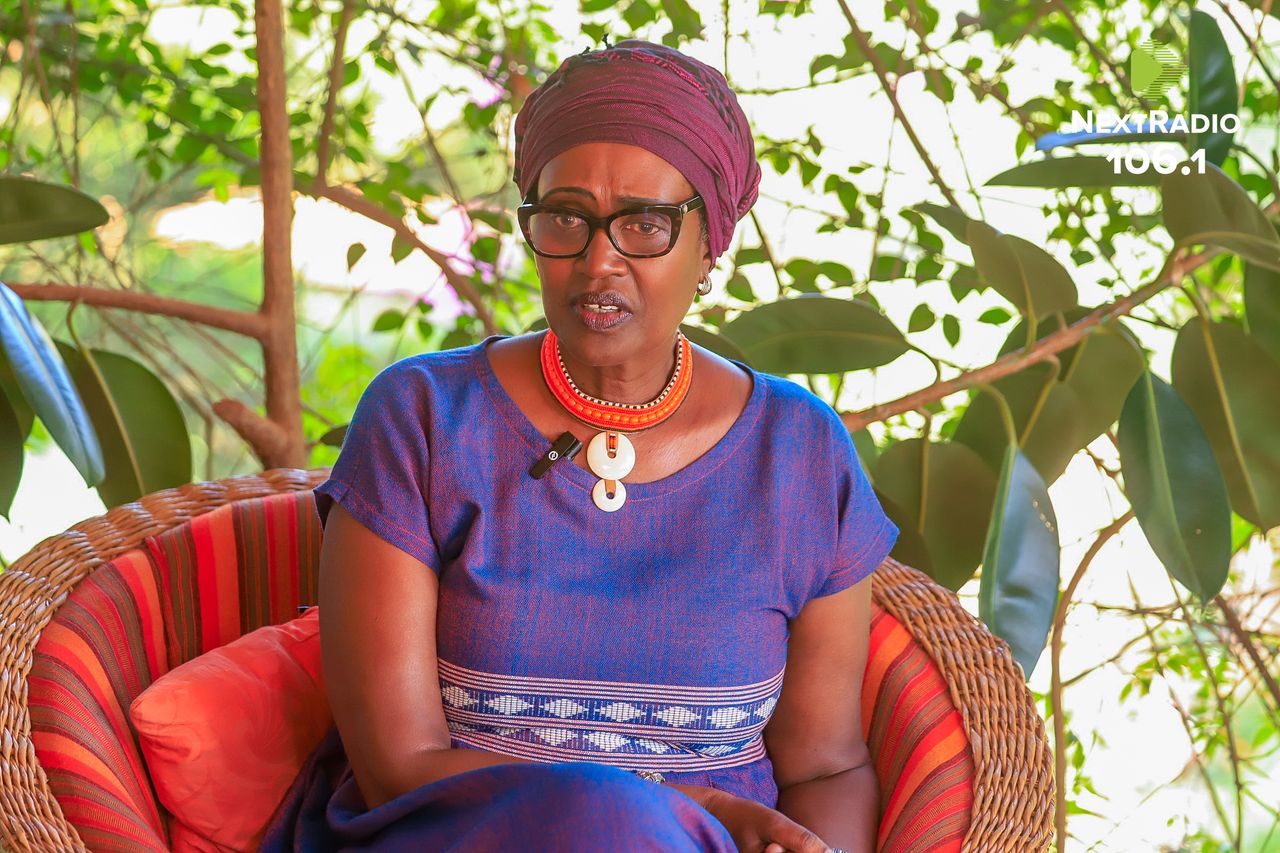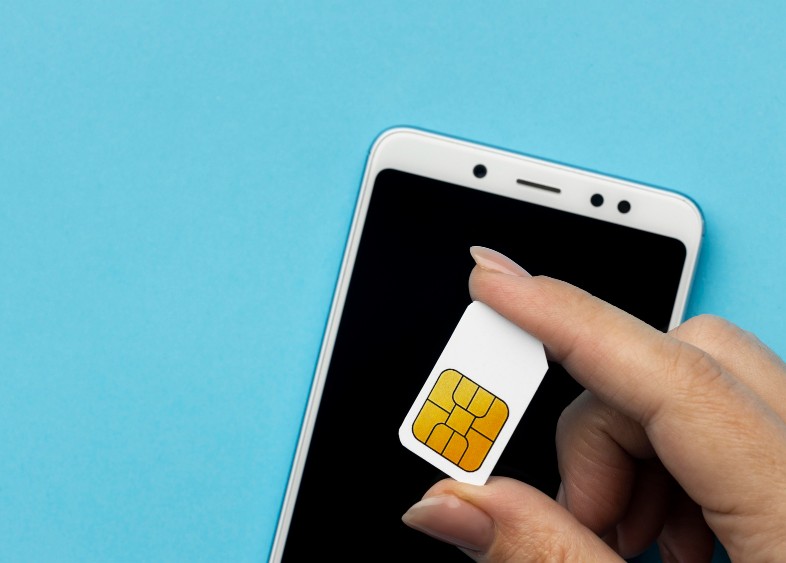Six foods you should include in your diet if you are diabetic
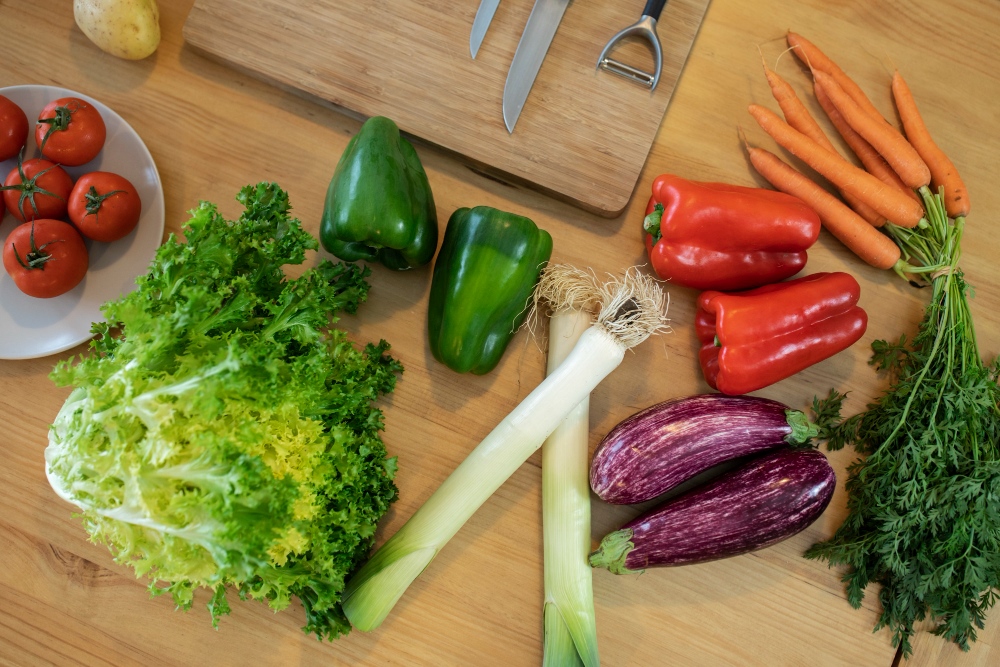
In recent years, research has increasingly focused on how specific foods can help people living with diabetes better control their blood sugar levels.
Managing diabetes involves a combination of medication, regular exercise, and, most importantly, maintaining a balanced diet.
However, many people with diabetes find it challenging to determine which foods are safe to eat without causing a spike in their blood glucose levels.
More To Read
- Home living: 10 essential items Kenyans should replace at least once a year
- How follow-up programmes bridge treatment gap in non-communicable diseases
- Study shows women under 50 face higher risk of colon growths from ultra-processed foods
- Why gestational diabetes is no longer a temporary pregnancy problem
- WHO issues first global guidelines on diabetes in pregnancy
- Convenient but dangerous: The hidden health risks of ultra-processed foods
In recent years, research has increasingly focused on how specific foods can help people living with diabetes better control their blood sugar levels.
With more evidence emerging since 2024, experts are now offering clearer guidance on the types of foods that are not only safe but also beneficial for diabetics.
Wincate Wangari, a Nanyuki-based nutritionist, believes that eating the right foods is one of the most effective ways to manage diabetes without feeling restricted.
“Incorporating healthy, nutrient-rich foods into your diet can help control blood sugar levels and even prevent complications,” she says.
“It’s not about cutting out food groups completely but making mindful choices that nourish your body and stabilise your blood sugar.”
Leafy greens: A key player in blood sugar control
One food group that is regularly recommended by experts is leafy greens. Research conducted in 2024 showed that leafy vegetables, including kale, spinach, and other greens, have a low glycemic index, meaning they do not cause rapid spikes in blood sugar.
"Leafy greens are not only low in carbohydrates but also packed with vitamins and minerals, such as magnesium, which plays a role in controlling blood sugar levels," Wangari says.
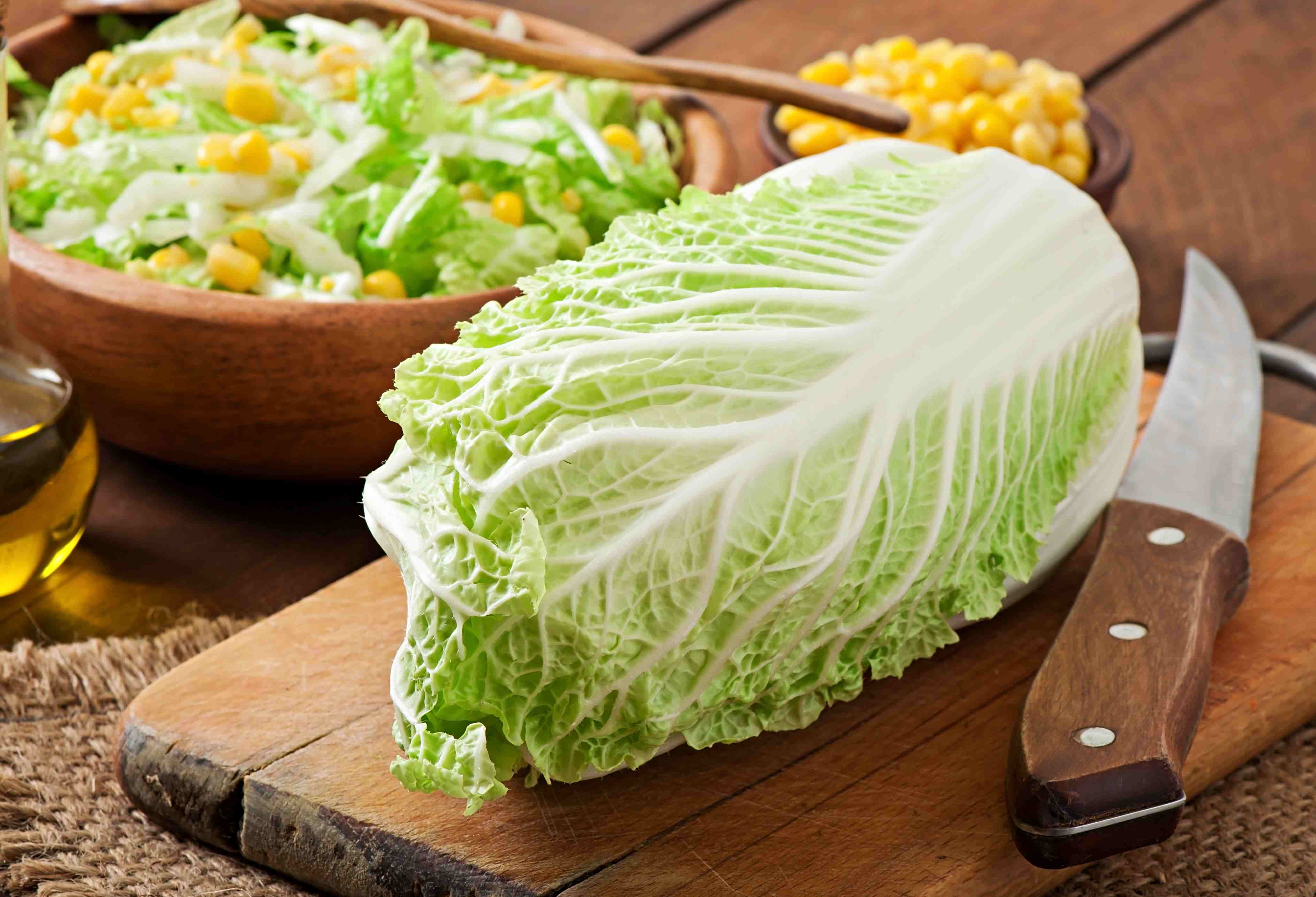 Magnesium deficiency is common among diabetics, which makes these vegetables even more valuable. (Photo: Freepik)
Magnesium deficiency is common among diabetics, which makes these vegetables even more valuable. (Photo: Freepik)
Studies from 2024 also indicate that magnesium deficiency is common among diabetics, which makes these vegetables even more valuable. Their high fiber content slows sugar absorption, providing a steady release of energy.
Nuts and seeds: Satisfying and blood sugar-stabilising
In addition to leafy greens, nuts and seeds have become staples in the diabetic diet. Almonds, walnuts, and chia seeds are rich in healthy fats, protein, and fiber.
According to recent studies published, consuming nuts regularly has been shown to improve glycemic control.
“Nuts are great because they keep you feeling full and help reduce cravings for sugary snacks,” Wangari says.
“The fiber in them helps slow the absorption of sugar into your bloodstream, which is key to preventing blood sugar spikes.” Dr. James Njiru, a physician specialising in diabetes care, agrees.
“Nuts provide a long-lasting source of energy without negatively affecting blood sugar levels.”
Michael Njoroge, a diabetic patient from Nanyuki, shares his personal experience, saying, “In my journey with diabetes, I’ve found that incorporating nuts and seeds into my diet has helped me manage my blood sugar levels better. I don’t feel as hungry all the time, and the cravings for sweets have significantly reduced.” Njoroge further emphasises that nuts, while providing a sense of fullness, have been key in maintaining energy levels throughout the day.
Berries: Delicious and beneficial
 Berries are not only low in sugar but also high in antioxidants, which have been found to reduce the risk of complications associated with diabetes. (Photo: Freepik)
Berries are not only low in sugar but also high in antioxidants, which have been found to reduce the risk of complications associated with diabetes. (Photo: Freepik)
Berries, such as strawberries, blueberries, and blackberries, have long been praised for their health benefits.
New research published in early 2024 further confirms their role in managing blood sugar. Berries are not only low in sugar but also high in antioxidants, which have been found to reduce the risk of complications associated with diabetes, including heart disease and kidney issues.
“Berries are excellent because they contain important vitamins and antioxidants, and their fiber content helps slow sugar absorption,” Dr. Njiru explains.
“Including berries in your diet can be a delicious way to improve your overall health and keep blood sugar levels under control.”
Whole grains: A slow and steady source of energy
Whole grains, such as brown rice, oats, and quinoa, are another food group that diabetes experts have highlighted in recent research.
Whole grains are high in fiber, which is essential for regulating blood sugar. Studies have shown that replacing refined grains with whole grains significantly improves insulin sensitivity. Wangari emphasises.
“Whole grains are more than just a source of energy; they provide a slow and steady release of sugar into the bloodstream, helping to prevent sharp blood sugar fluctuations.”
“For people with diabetes, it's important to focus on foods with a low glycemic index, and whole grains fit this criterion perfectly,” Dr. Njiru adds.
Legumes: A plant-based protein powerhouse
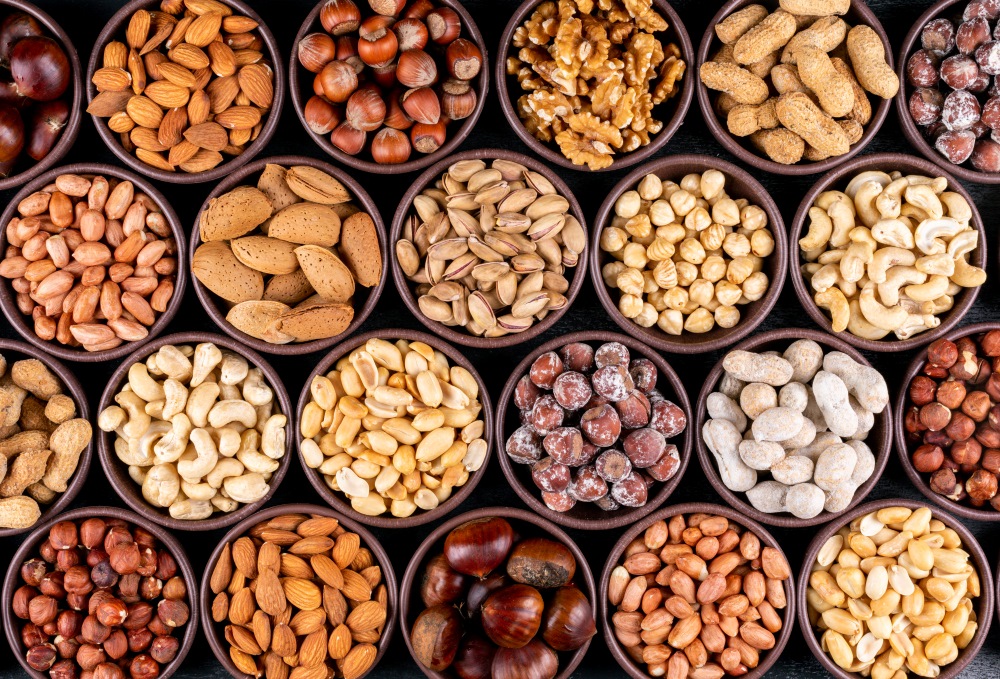 Legumes, including beans, lentils, and chickpeas, are another fantastic addition to the diabetic diet. Rich in plant-based protein and fiber, legumes help keep blood sugar levels stable. (Photo: Freepik)
Legumes, including beans, lentils, and chickpeas, are another fantastic addition to the diabetic diet. Rich in plant-based protein and fiber, legumes help keep blood sugar levels stable. (Photo: Freepik)
Legumes, including beans, lentils, and chickpeas, are another fantastic addition to the diabetic diet. Rich in plant-based protein and fiber, legumes help keep blood sugar levels stable.
A 2024 study revealed that a daily serving of legumes could significantly improve post-meal blood sugar levels.
“Legumes are a great source of plant-based protein, which helps with satiety and maintaining muscle mass, while the fiber content slows the digestion of carbohydrates, keeping blood sugar stable,” Wangari says.
Dr. Njiru notes that legumes also have a lower glycemic index than many starchy foods, which makes them an ideal choice for diabetics.
Non-starchy vegetables: Low-calorie, high-nutrient foods
Finally, non-starchy vegetables, such as cucumbers, broccoli, bell peppers, and cauliflower, are crucial for any diabetic meal plan.
These vegetables are low in calories and carbohydrates while being high in essential vitamins and minerals.
“Non-starchy vegetables are packed with fiber and water, which makes them filling without adding sugar to the diet,” Wangari says.
“They are also great sources of nutrients like potassium and magnesium, which are essential for blood sugar regulation.”
Wangari notes that a range of starchy vegetables, including beans, yams, sweet potatoes, potatoes, peas and maize, are particularly high in resistant starch and should be eaten in moderation or as advised by a doctor.
"If you have diabetes, avocado may be a good choice. They’re nutritious and have healthy fats. However, they are also high in calories and may cause weight gain, so they should be eaten in moderation," she says.
Dr. Njiru agrees, saying that avocados and non-starchy vegetables are excellent because they help improve digestion and support healthy blood pressure, which is critical for managing diabetes.
The latest research highlights that a balanced diet is essential not just for blood sugar management but for reducing the risk of long-term complications associated with diabetes, such as cardiovascular disease and nerve damage.
“While eating the right foods is important, it’s equally crucial to work closely with your healthcare provider to develop a personalised plan for managing diabetes,” Wangari says.
For those living with diabetes, it is clear that a carefully crafted diet rich in leafy greens, nuts, berries, whole grains, legumes, and non-starchy vegetables can make a significant difference in managing their condition.
“Since incorporating these foods into my daily meals, I’ve seen improvements in my blood sugar control. It's not about depriving yourself but making mindful choices that work for your body,” Njoroge says.
With the latest research reinforcing the importance of these foods, diabetics can feel empowered to take control of their health, one meal at a time. For personalised advice, it is always best to consult with a nutritionist or healthcare provider to create a diet plan that works best for your needs.
Top Stories Today




























